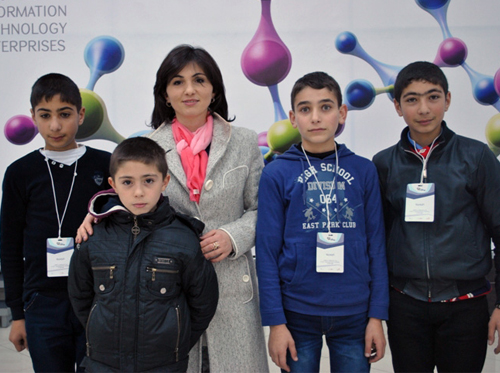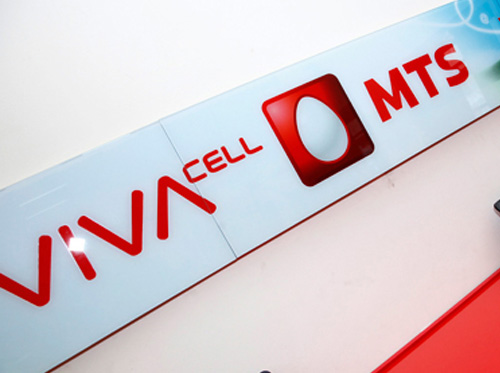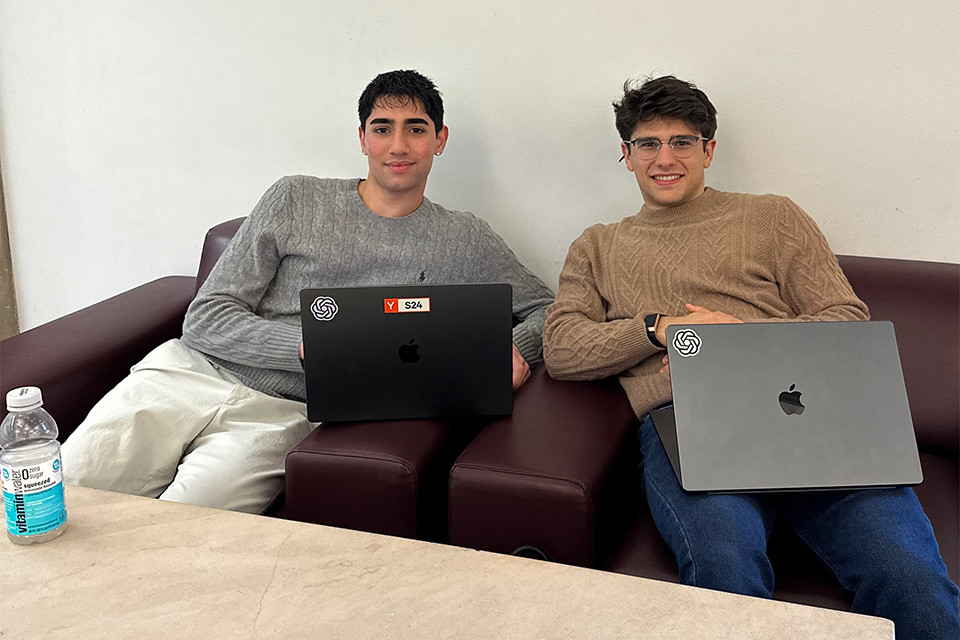17:52 | 25.11.14 | News | 5194
IRC and Digital Cloud teams are the winners of “Line Following and Object Collecting Robots” competition
The final stage of the “Line Following and Object Collecting Robots’’ competition was held, during which the first prize was shared between the “IRC” team from Yerevan and the “Digital Cloud” team representing the Gyumri branch of Yerevan State Architecture Institute.
The robots designed and equipped with special technical solutions perfectly performed their tasks gathering the maximum number of points.
The “Digital Cloud” team is also the winner of the “Eco Robot” competition held in the frames of the “DigiTech” 2014 International Technological Exhibition, and the “IRC” team was formed from the visitors of the “Robots in Everyday Life” festival. On the first stage of the competition the teams presented their robot development projects and were given spare parts required for robot creation.
The “Digital Cloud” team became the winner in the “Best technical solution” nomination, and the “Gavar” team of the Gavar №2 secondary school received the “Youngest team” incentive award.
Eleven teams participating in the contest had successfully completed the task.
“It’s evident that school engineering groups and this competition are very popular among the youth and schoolchildren that obliges us to extend not only the geography of robotics groups and to increase the involvement of the young people but also to further develop competitions of this kind and make the tasks more challenging”,-said the executive director of the Union of Information Technology Enterprises Karen Vardanyan.
VivaCell-MTS is the general partner of the “Line Following and Object Collecting Robots’’ competition, and World Vision Armenia is the partner of the competition.
The competition has been held since 2008 within the frames of the “ArmRobotics” project of the Union of Information Technology Enterprises. The project is aimed at arousing interest towards high technologies among the youth and at revealing gifted students that can become professionals in different spheres of ICT in the future.
At present there are 60 robotics groups in Armenia, 50 of them in the regions and in Artsakh.

17:29 | 24.09.25 | Articles
Jacopo Losso on Cross-Border Investments and Why Armenia Attracts Angels









